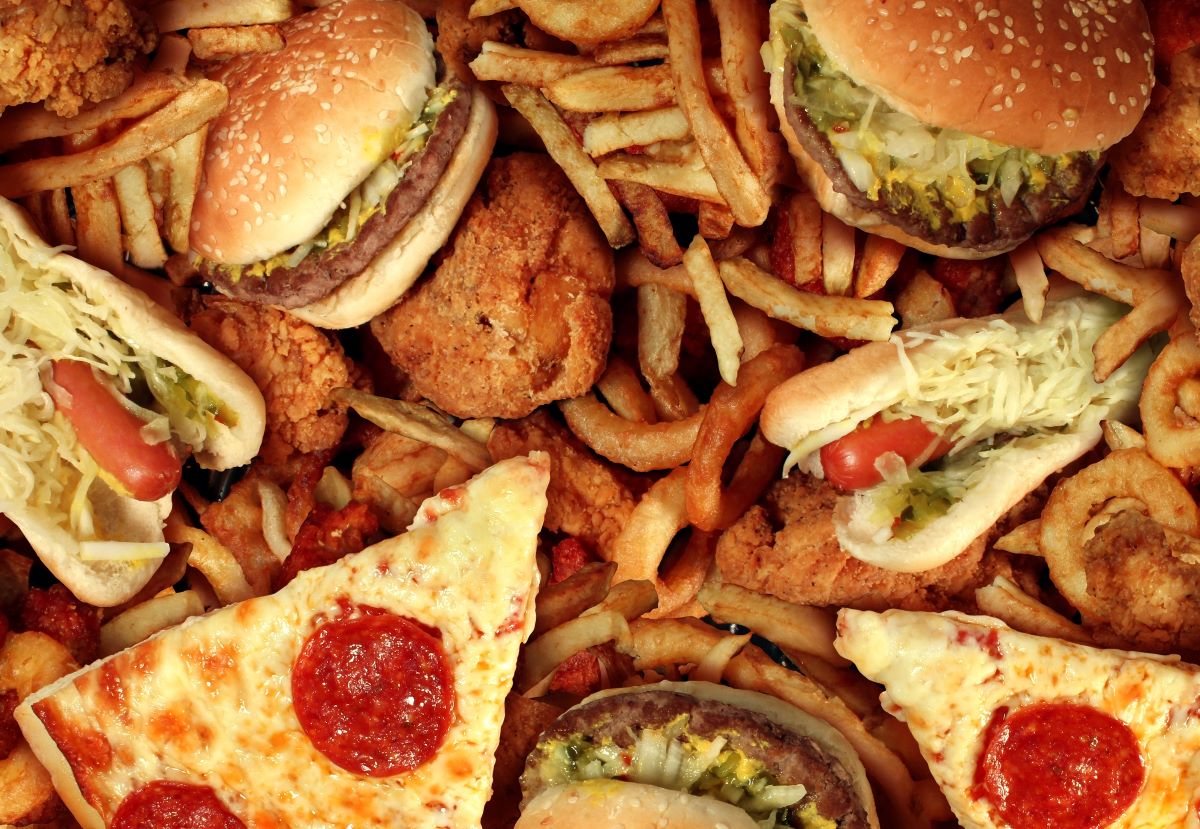It goes without saying that all food and beverage equipment should be kept clean. However, it’s not as easy as it sounds. Machinery that handles food and equipment can be difficult to sanitize, and there may be a lot of internal parts that make cleaning more challenging. Nevertheless, it’s a basic requirement that all commercial food producers must follow.
Without proper sanitation, a business may put its consumers’ health at risk. When that happens, a business’s reputation faces negative consequences, which can lead to a drop in revenue and irreparable image damage down the road. Worst of all, customers affected by the negligence of the company may file lawsuits–expensive and tedious lawsuits.
With all these things in mind, keeping food and beverage equipment clean is crucial for any type of operation, be it in manufacturing or commercial food establishments. Here are the best strategies that can help facilities keep their equipment clean and sanitary, as mandated by law.
1. Choose the right manufacturer
There are equipment manufacturers such as Volumetric Technologies that have ease of cleanliness in mind when designing their products. Businesses should invest in machines from companies like this to ensure that keeping their equipment sanitary won’t take up more time than necessary. Moreover, having equipment that is easy to clean helps ensure that all nooks and crannies are free from residue and bacteria, which may not be as easy to achieve with equipment that is more difficult to clean.
2. Consider different types of cleaning
Businesses can choose from three main types of cleaning food machinery, which are manual cleaning, foam cleaning, and fogging. The first option involves staff using various tools and products to clean food or beverage equipment that is not waterproof. This option is also the most common choice for equipment that needs to be disassembled before cleaning.
Foam cleaning, on the other hand, is the process of applying cleaning foam to surfaces and leaving it on to allow the foam to take effect. Afterward, staff removes the foam by rinsing the machine down with water. This method of cleaning is only appropriate for waterproof equipment that does not have to be dismantled.
Lastly, fogging is a type of aerial cleaning wherein misted disinfectant is sprayed inside and outside of equipment to kill bacteria. Usually, this is done along with other cleaning methods to kill airborne particles and disinfect difficult-to-reach parts of machinery.
3. Educate employees properly
Proper employee education goes a long way in maintaining the cleanliness of commercial food equipment. First and foremost, production managers must train employees on how to reduce or avoid making messes in the first place; how to properly clean equipment after every use; and why they should keep equipment clean. Moreover, training materials must have detailed cleaning techniques and specific instructions on what products and tools to use when cleaning.
4. Monitor regularly
In addition to educating staff, production managers should also be responsible for monitoring equipment cleanliness regularly. It is the best way to ensure that cleanliness programs are being followed, as well as spot any hygiene issues before they become bigger problems. For instance, if they see that a particular machine is too dirty, they can halt the operation of that machine until it is within the standard for cleanliness again. Moreover, regular spot checks and inspections will help ensure that all staff is following cleanliness procedures and policies.
5. Deep clean
There is only so much that a surface clean can do, which is why deep cleaning of machinery is extremely important in preventing bacterial growth and other types of contamination. That said, production managers must see to it that all food and beverage equipment is deep-cleaned on a regular basis, depending on the frequency with which it is used. Equipment with higher usage rates needs a more frequent deep cleaning, while equipment with low to moderate levels of usage can do with a monthly or quarterly deep cleaning.

6. Use proper cleaning solutions
Like cleaning methods, cleaning solutions or products are not all made equally. Some are more effective in killing bacteria and pathogens in equipment, and these are the products that businesses should use. Albeit usually more expensive, businesses should spare no expense when it comes to ensuring the cleanliness of their equipment and, ultimately, their products.
Cleaning commercial food equipment and keeping it clean is the best way to avoid the most common problems in food production, including pest infestations, product contamination, recalls, bad reputation, and lawsuits. It is also crucial for maintaining the health and safety of workers who are in direct contact with the food and the machinery itself.

